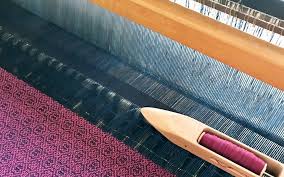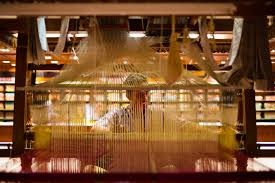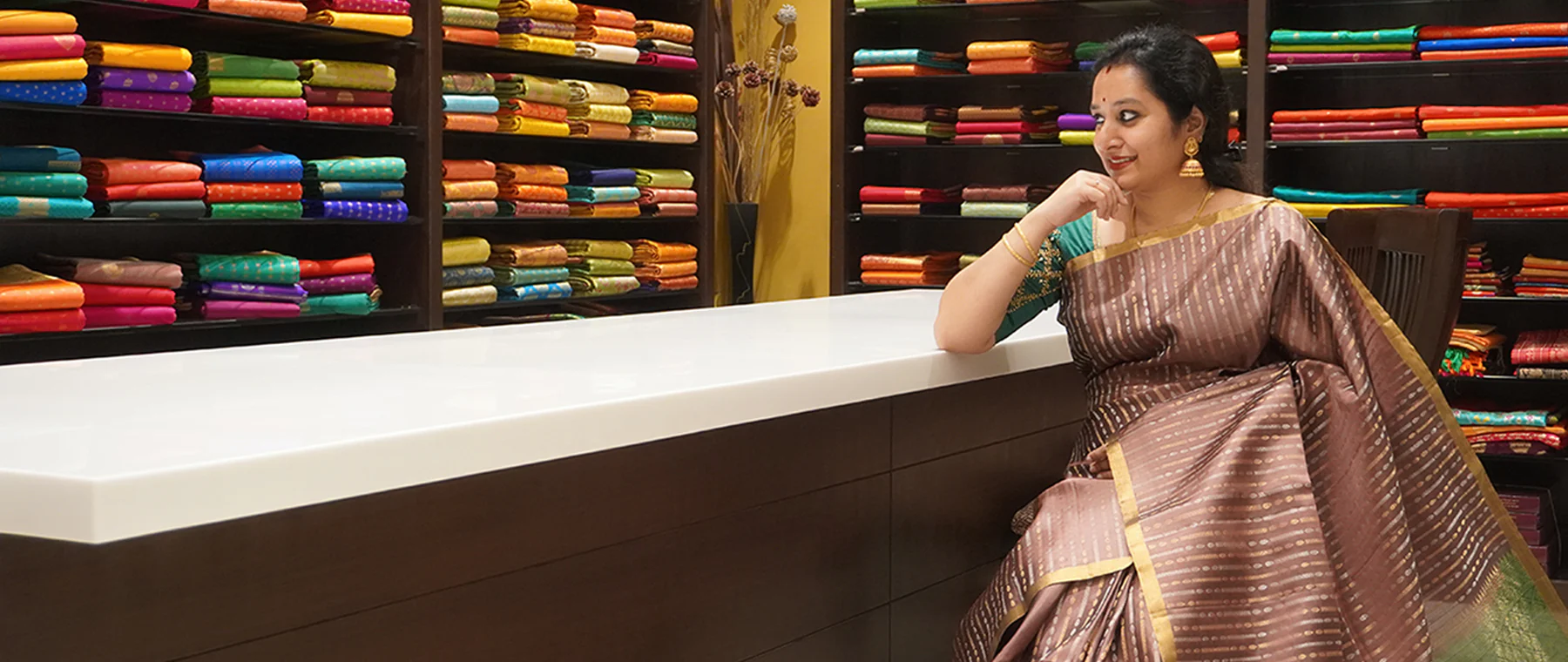
Textbook Looms - The Art, The Passion & The Heritage
Looms: A Short Synopsis
The third-largest textile exporting country in the world, India, has a rich part in the clothing woven out of loom in history. Prevalent ancient evidence of the exportation of fine clothing to other civilisations, speaks of the stalwart Indian woven textile it entails.
The country’s creations are not just unique, they reflect the hard work and handicraft effort that has gone into allowing those creations to represent our cultural heritage. This is because our textile industry just before independence, was predominantly villagers weaving their clothes. It was incumbent upon them to have all the steps that go into it be taken upon by them too - right from spinning the yarn and dyeing to weaving them, it was a self-sufficient setup.

Because of this self-reliant nature, and the abundant manpower that was readily available, exporting was a natural choice; although, the exportation of textile was a long-standing aspect of our country from the times of the Indus valley civilisation.
Dominant looms in India
The loom is the wooden machine that weaves the tensed warps ( longitudinal threads ) and the weft ( latitudinal yarn of threads ) at right angles to create a pattern that is the cloth. While this is the basic idea of what the loom does, there are several ways to weave, and they fall under the umbrella of either the handloom or the power loom.
The Handloom
Earlier, this process involved the manual spinning of the yarn that is then woven by the weavers. This process has not been updated with the machine yarns, allowing the weavers to only weave the cloth. Furthermore, the steps of shedding, picking and beating are performed by humans as well.
This is following the craftsmanship, the rigorous long hours of work that goes into the artistry. Depending upon the intricate designs that go into the cloth, it could take long weeks to months, only to elevate the clothing in importance. It wasn’t machine-made, it had the human touch and it was alright for mistakes to be made - it only made it more personal and real. It didn’t require electricity which made this type of loom extremely power efficient but that which required a lot of manpower and patience.

The Powerloom
Owing to the exporting capacity and demand of the textiles from our country, power looms had begun their play in the country post-independence. This introduction was groundbreaking in that the conventionally long and arduous methods of creating clothes were reduced and made efficient by times of ten.
The mechanical loom that runs on electricity, allowing for a large number of clothing to be produced and applying intricate designs to these clothes were made easily. The manual effort that was required for the steps of shedding, picking and beating were fully eliminated - the loom would do it all. This was not a welcomed change in India although it was necessary to meet the demands.

Other incredible looms include the backstrap looms that are chiefly used in Assam. Also known as the Lion loom, there are no limitations to the type of weaving pattern one wants. The fly shuttle loom is more popular across India in comparison to the backstrap loom. It is advantageous to the Lion loom, yet it’s being replaced widely due to its still lower capacity for production.
By, Ash


